Current status: Igniton EMI from 1986 distributor causes driveability issues. Currently upgrading to coil-on-plug to mitigate EMI.
Firmware Build tools:
- Visual Studio Community 2013 (free) with Visual Micro.
Interface to the Firmware:
- The Arduino serial monitor
Engines supported:
- 1984 VW vanagon gasoline "digijet" (in development)
Control Inputs:
- Stock 1986 distributor for hall-effect signal without mechanical ignition timing
Control outputs
- Injectors : Batch-fire (same as 1984 stock)
- Ignition: ECU controls timing of single coil (with distributor)
- Currently developing: Coil-on-plug system
Auto-tuning
- Adjusts engine map while running (this is unusual among aftermarket ECUs)
- Both global and local (on the map) fuel adjustments happen simultaneously.
- Map changes not permanent unless saved.
- O2 sensor type: narrow-band (1984 stock) O2
 Mike Thielvoldt
Mike Thielvoldt



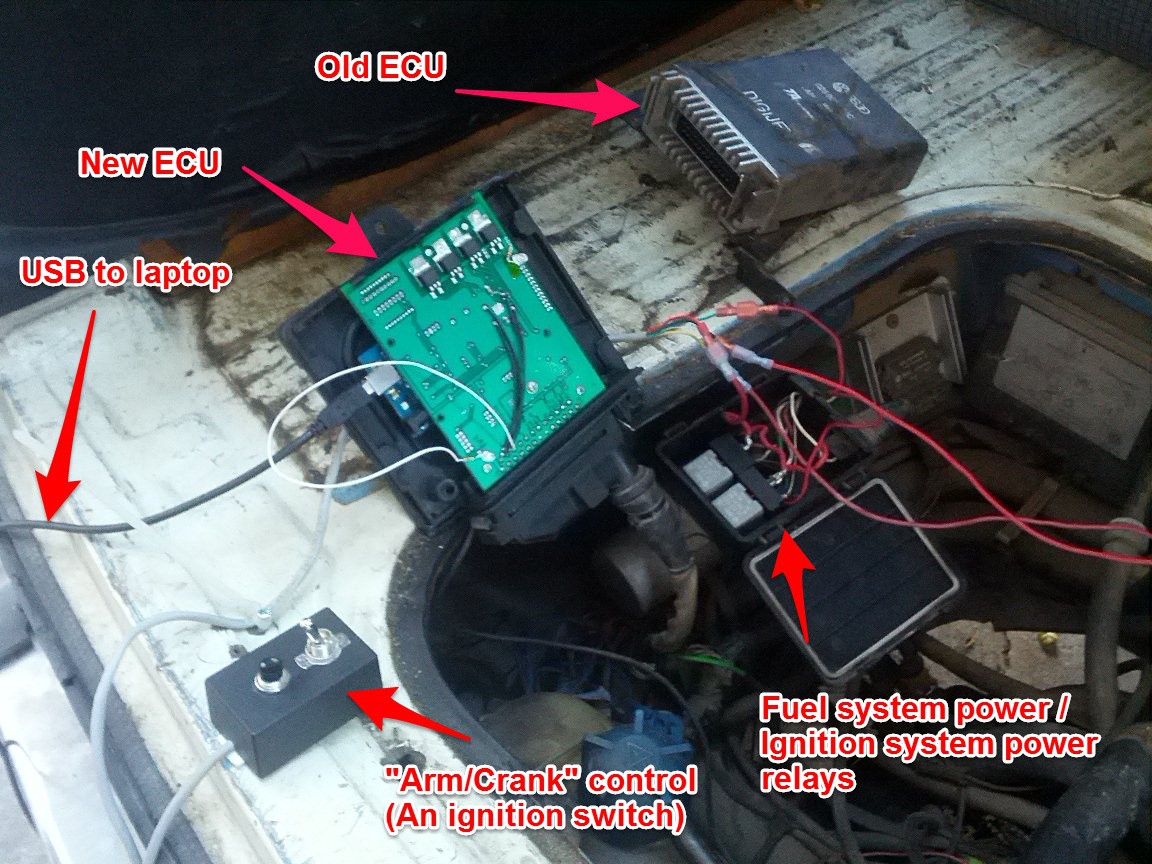
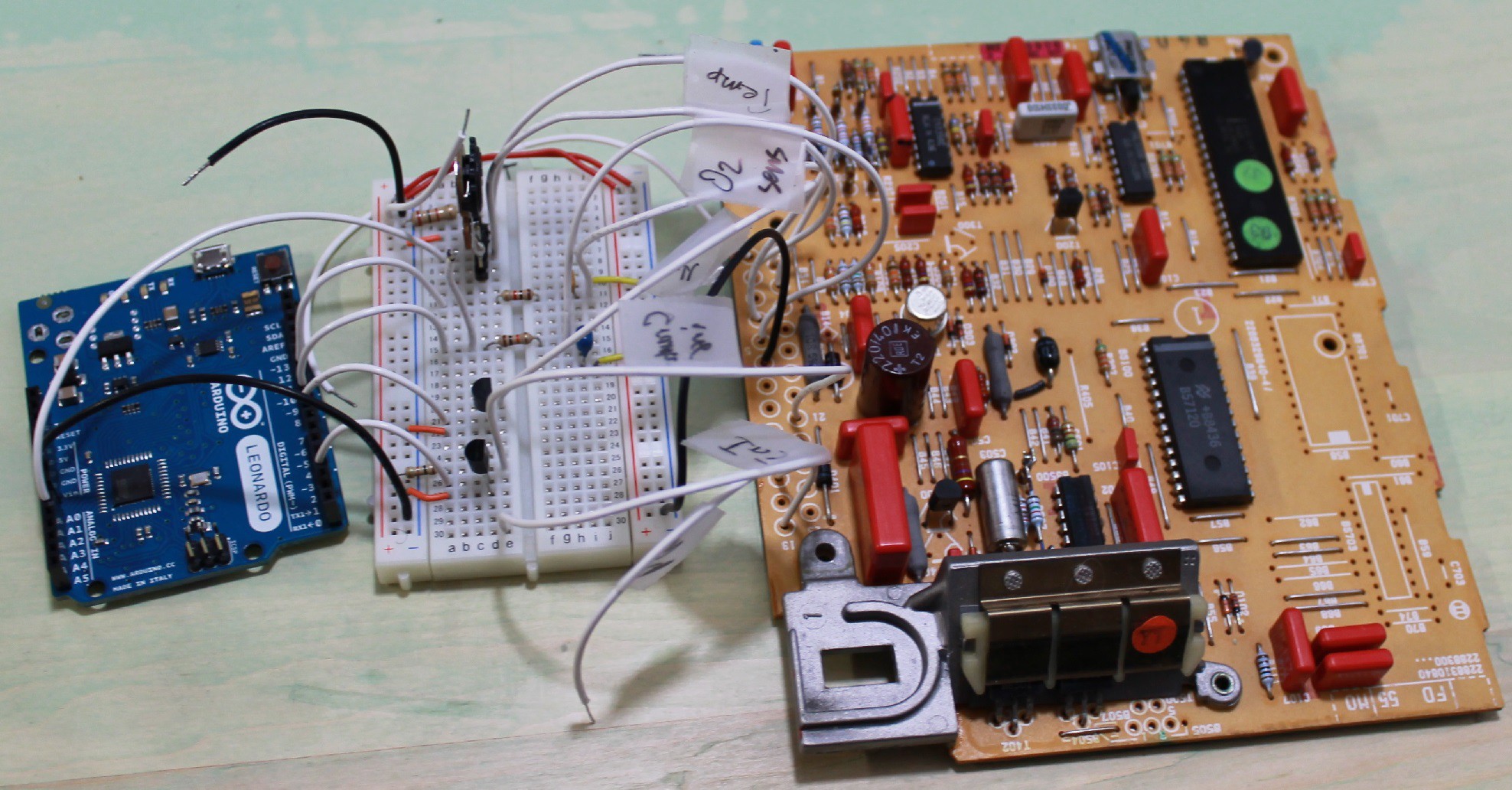




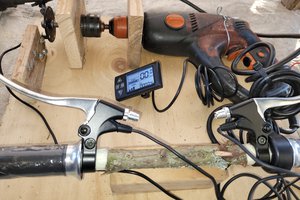
 junkotron
junkotron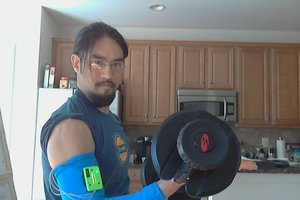
 Casual Cyborg
Casual Cyborg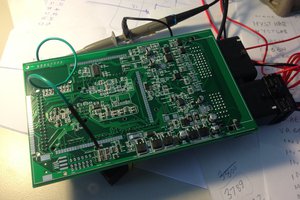
 matthew
matthew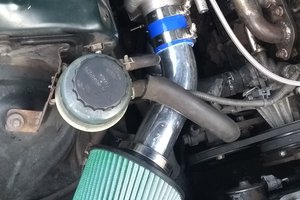
 Rory
Rory
Looking for the perfect stuff toys or plush toy? Find a wide selection of soft toys, including teddy bears, at The Entertainer. Discover high-quality and affordable options to delight kids of all ages. Explore our collection now and find the perfect cuddly companion.